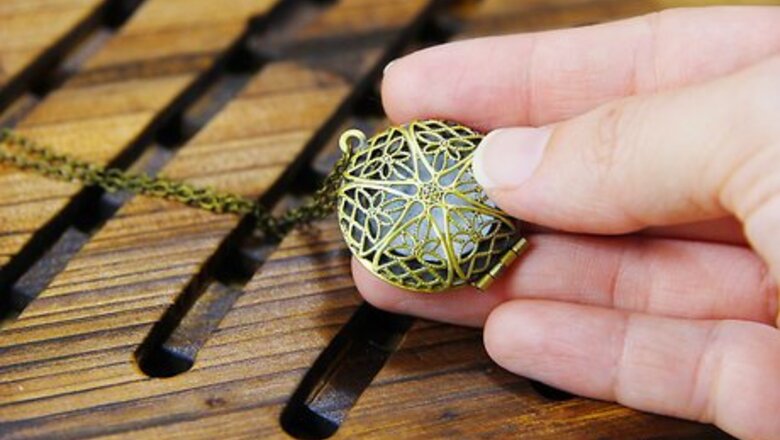
views
Making Your Cleaner

Check whether your brass is lacquered. Examine your brass closely to see if it is lacquered. Lacquered brass is protected from tarnishing, while unlacquered brass is not. Lacquered brass does not tarnish and usually has a clear coat covering it. If your brass tarnishes easily and has no coating, it is unlacquered. Often, brass will indicate if it's lacquered or unlacquered on purchase. If you still have the package, you can check to see if your brass is lacquered or unlacquered using that. It's also a good idea to make sure your brass is genuine brass and not just plated or imitation. Cleaning methods used for real brass could damage plated/imitation brass.
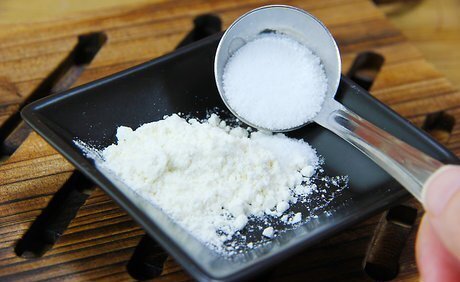
Make a paste for lacquered brass. You should only clean lacquered brass that is smudged. It generally does not require much cleaning. To make a paste for lacquered brass, mix equal parts flour and salt together. Then, add vinegar until you have a thick, spreadable paste. The precise amount of each ingredient varies depending on how much brass you're cleaning.
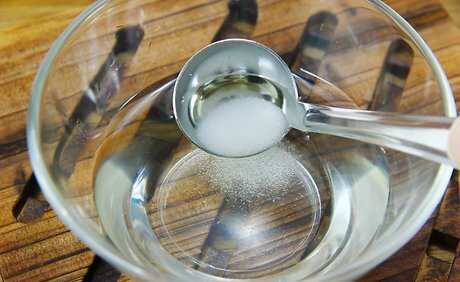
Make a liquid for unlacquered brass. Unlacquered brass requires soaking to clean. To make a liquid, mix together two parts white vinegar, 1/4 part salt, and two parts water. Precise amounts of each ingredient vary depending on how much brass you're soaking. You need enough of the liquid to completely submerge each piece of brass.
Cleaning Your Lacquered Brass

Apply your paste to the brass. Dip a soft, microfiber cloth in your paste. Use this to rub paste onto the brass. Cover the full surface, especially targeting areas that are smudged and stained.
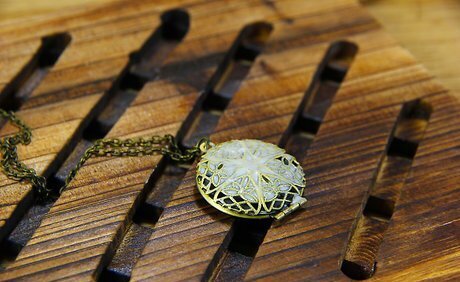
Allow the paste to sit for an hour. A vinegar paste should sit on your brass for about an hour. After applying the paste, set a timer for an hour to let the paste sit. Make sure the brass is undisturbed while you let the paste set. You can place the brass in a cabinet or cupboard so it's out of reach. If you're cleaning brass on something like a doorknob, make sure other household members know not to touch the doorknob while the brass is soaking in the paste.

Rinse your brass. Use a damp cloth to rinse the paste off your brass. When you're done, the brass should be clean and smudge free. Make sure to rinse the paste off completely to avoid damaging the brass. Remember to use a softer cloth. Abrasive cloths or sponges, like steel wool, can scratch brass.
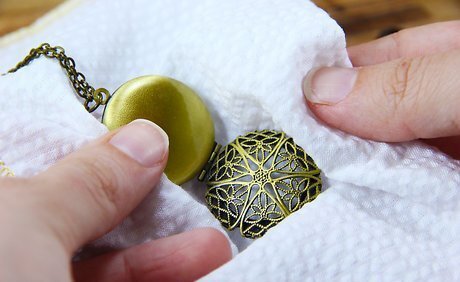
Dry your brass. Make sure to dry the brass thoroughly. Leaving it wet can cause damage. Rub your brass down with a dry, soft cloth until it's dry to the touch.
Soaking Your Unlacquered Brass

Check the brass for embellishments. Before soaking unlacquered brass, make sure it does not have any embellishments such as carvings. Embellishments will be harmed during the soaking process. It's best to spot clean unlacquered brass that comes with embellishments. For unlacquered brass with heavy embellishments, consider professional cleaning.
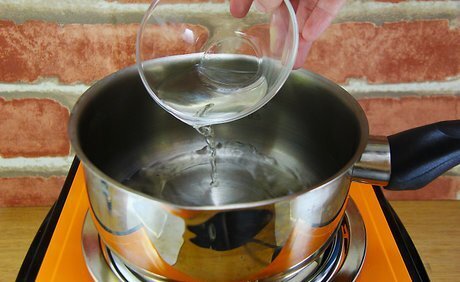
Bring your solution to a boil. Place your solution in a pot over high heat. Bring the solution to a boil.

Soak your brass in the solution. Submerge each piece of brass completely in the boiling solution. A quick dunk should remove dirt and grime from your brass. Items like doorknobs should be removed using the proper tools before soaking. Use tongues or a spoon to remove brass from a boiling solution to avoid burning your fingers.
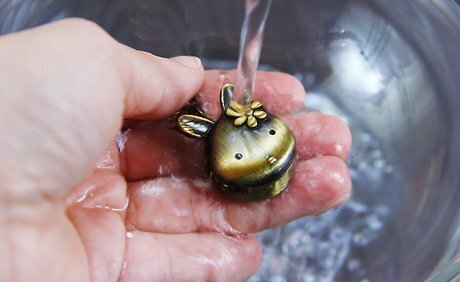
Rinse the brass. Rinse the brass under running water. This will remove any excess debris and wash off any vinegar residue. Make sure to rinse the brass until the water runs clean. Leftover residue can damage brass.
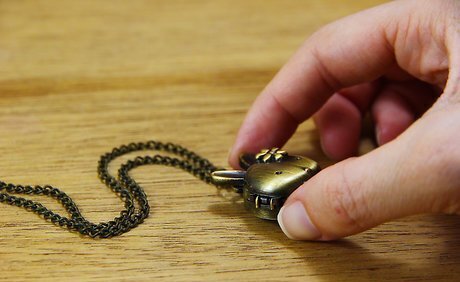
Let the brass air dry. Unlacquered brass should be set in a safe place to air dry. Put it somewhere it will not be disturbed, such as a cupboard or cabinet. Air drying is necessary to prevent the brass from corroding.



















Comments
0 comment